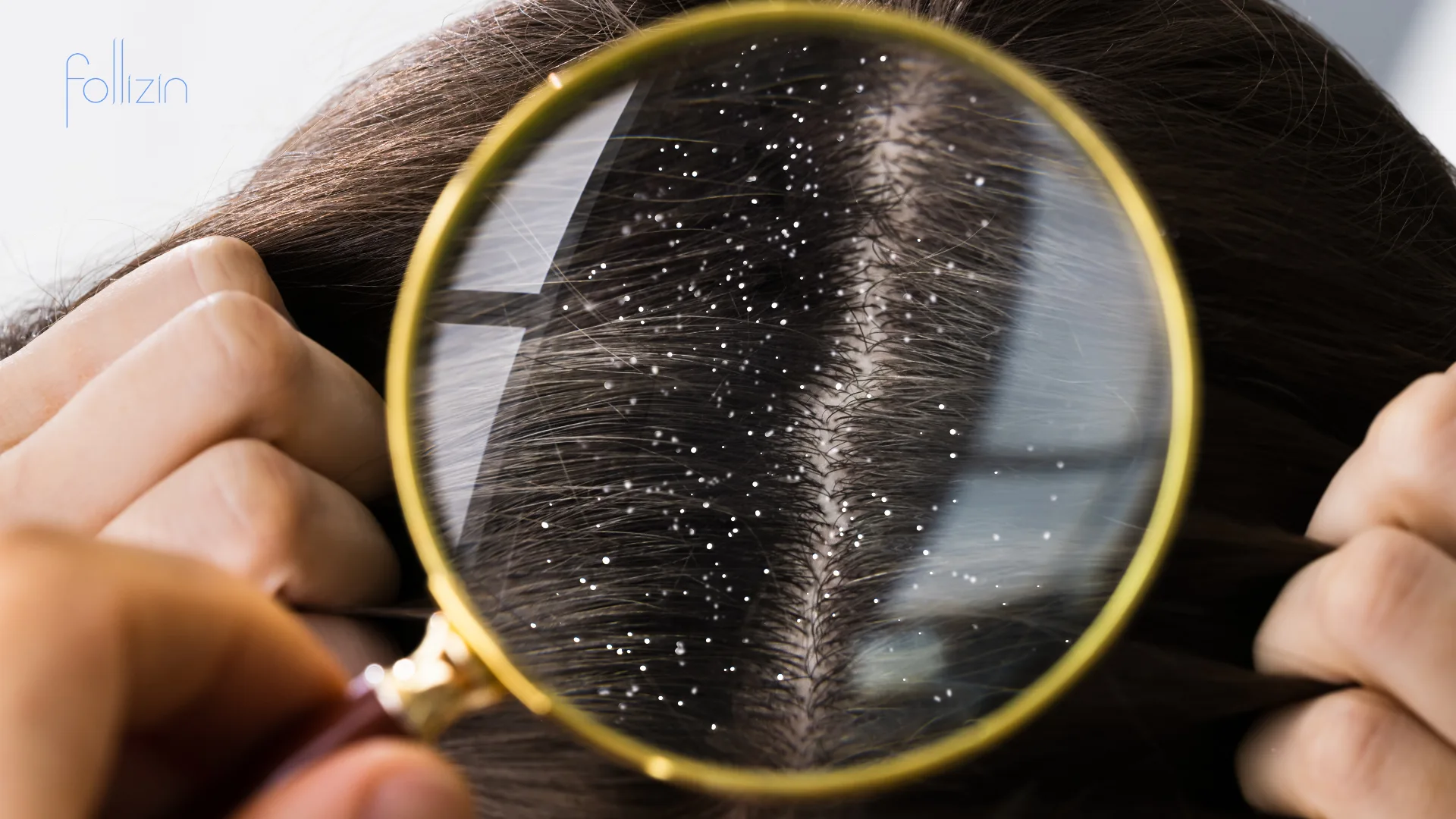Many people are unsure whether they’re experiencing dry scalp or dandruff. Do you feel an itchy sensation with white flakes falling from your head, but aren’t sure if it’s just dry scalp or actual dandruff? Don’t leave your concerns unanswered—Follizin is here to clear up the confusion! Learn about dry scalp and dandruff, along with simple self-check methods to properly care for your scalp.
Dry Scalp vs. Dandruff: What’s the Difference?
Many mistakenly believe that dry scalp and dandruff are the same, but they differ significantly. Let’s explore how:
Dry Scalp
Dry scalp occurs when skin cells on the scalp shed faster than usual, resulting in small white or transparent flakes. It typically causes little to no itching and is a common, temporary condition triggered by external factors like dry air, over-washing, harsh hair products, or allergic reactions. Think of it as similar to dry, flaky skin during winter.
Dandruff (Seborrheic Dermatitis)
Dandruff is a chronic inflammatory skin condition caused by overactive sebaceous glands combined with the overgrowth of Malassezia, a type of yeast naturally present on the scalp. This leads to irritation, itchiness, and yellowish, oily, thick flakes sticking to the scalp and hair. Besides the scalp, dandruff can also appear in areas rich in sebaceous glands, such as the face, behind the ears, and chest.
How to Self-Diagnose Dry Scalp vs. Dandruff
Still unsure if it’s dry scalp or dandruff? Here’s a simple self-check:
- Itching: Dry scalp usually causes little to no itching, while dandruff often results in noticeable and sometimes severe itchiness.
- Flake Appearance: Dry scalp flakes are small, white, or clear and fall off easily. Dandruff flakes are yellowish, thick, oily, and cling to the scalp and hair.
- Affected Areas: Dry scalp typically affects only the scalp, whereas dandruff may also appear on the face, behind the ears, or on the chest.
Maintain a Healthy Scalp Without Worrying About Flakes or Itchiness!
Whether it’s dry scalp or dandruff, maintaining a healthy scalp is essential. Follow these tips:
- Choose the Right Shampoo: For a dry scalp, opt for a gentle formula. Dandruff, use shampoos containing anti-fungal ingredients like ketoconazole, zinc pyrithione, or selenium sulfide.
- Wash Your Hair Properly: Use lukewarm water, gently massage your scalp, and rinse thoroughly. Avoid over-washing; 2-3 times per week is generally sufficient.
- Avoid Triggers: Minimize stress, dry air exposure, and harsh chemical-laden styling products.
If symptoms persist or worsen, Follizin recommends consulting a dermatologist for accurate diagnosis and treatment. Don’t let scalp issues bother you—start taking care of yourself today!

